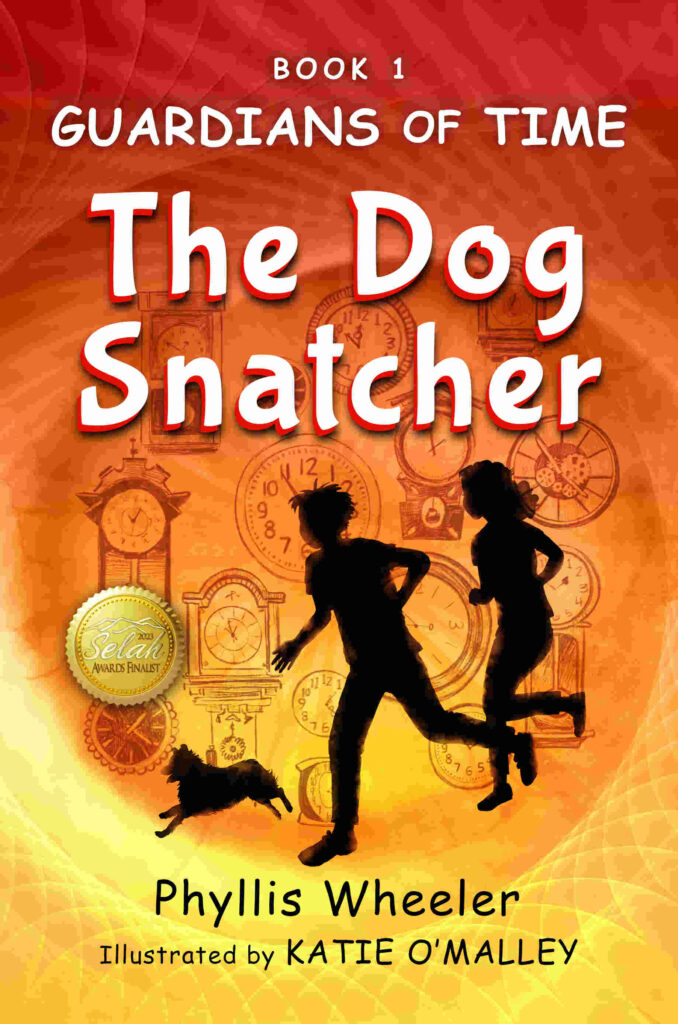
Austen is known for originating the romance novel. She really hit the sweet spot with readers ever since her brief career of 1811-1817. But in Lady Susan, she hadn’t perfected her game.
I went to see the movie recently and thought it was full of witty satire, but it wasn’t engaging. In fact, it’s an obscure novella, and the movie didn’t look to be doing very well either.
Maybe if she were around today she’d ask my editing advice (LOL). Here’s what I’d tell her. (Warning: spoilers!)
- Make your heroine engaging. Lady Susan, a wickedly intelligent and manipulative schemer, is not someone the reader wants to identify with.
- Make your main character(s) change over the course of the novel. Lady Susan has learned no lesson by the end of the book.
- Carefully craft each of your characters. Make them memorable and full of quirks. This is something your story succeeded at, as shown in the film. (Sorry, I haven’t read the novella all the way through. I remember trying it once and putting it down.)
Jane, you might consider telling the story from the point of view of Lady Susan’s daughter Frederica. She is a shy, sweet woman who is horribly put upon by the schemes of her mother. Definitely a protagonist I could bond with.
Does she change over the course of the novel? Pretty much. She goes from being a boarding school runaway to being a doe-eyed young woman confused by her mother’s wiles (a kindly priest sets her straight). Then eventually, yes, she does get the handsome, rich, eligible young man who had thought he was in love with her mother.
Jane, concentrate on what Frederica thinks and feels, and show how her heart changes. Then you’ll have a memorable novel.








